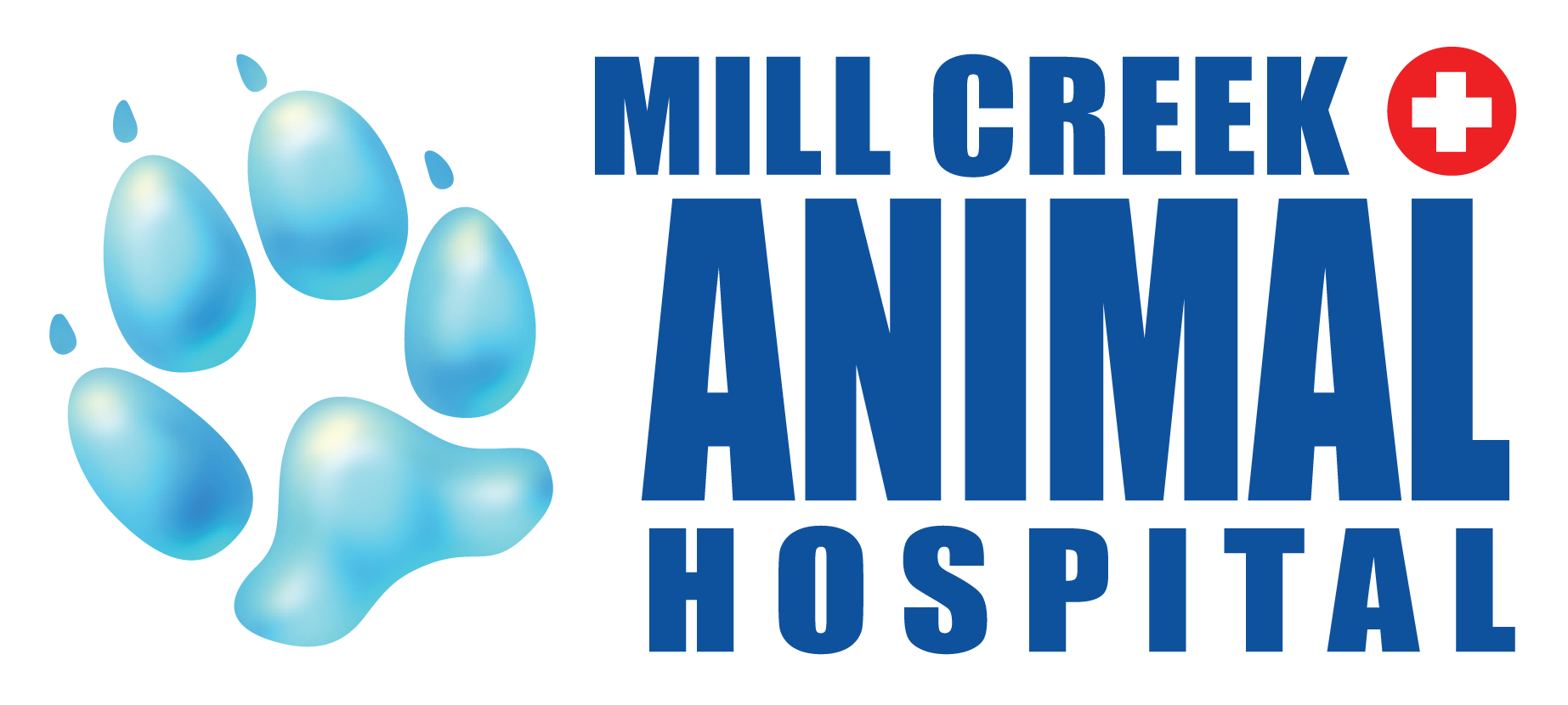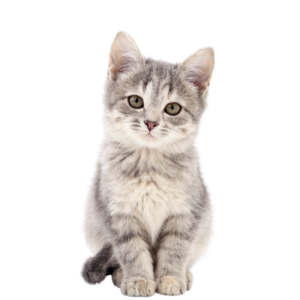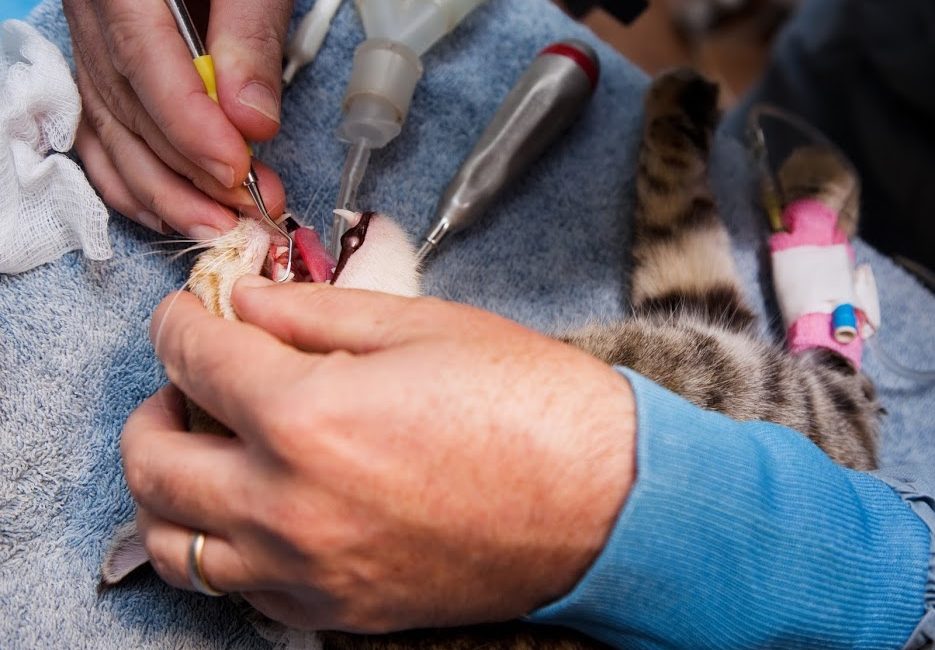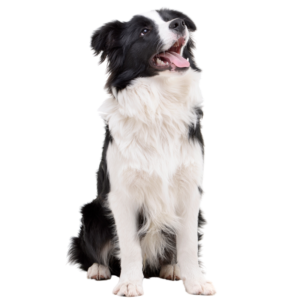Anesthetic-free dental cleanings have been growing in popularity over the past several years. They are marketed as a safe low-cost alternative to dental cleanings done under general anesthetic at vet clinics. The idea is that your pet will lay down and willingly allow their teeth to be cleaned with handheld instruments. Although this may sound like a great option, it is not without risks.
When a licensed Veterinarian examines your pet’s mouth and recommends a dental prophylaxis, it is likely because there is calculus (hardened plaque) and/or gingivitis (inflammation of the gums). The procedure that they are recommending is a thorough process. At Mill Creek Animal Hospital, a dental prophylaxis includes: a pre-anesthetic exam the morning of surgery, a nail trim, IV catheter placement and IV fluids, intubation and gas anesthesia maintenance, ultrasonic scaling, probing, polishing, and a fluoride treatment. There is a reason for every step of the process- for example, the IV catheter gives venous access to administer drugs in case of an emergency. Another example would be that polishing is necessary to perform after scaling the teeth, as the scaler creates micro grooves in the teeth that polishing smooths out. The micro grooves give texture for the plaque to live in.
Anesthetic-free cleanings typically do not take place in a veterinary clinic. This means several things- there is typically not a licensed Veterinarian on site, there are not emergency drugs on hand in case of an emergency, and if an emergency does take place, you have to leave to seek out a veterinarian with said resources. In Alberta, there are no pre-requisites/regulations for anesthetic-free cleanings- meaning that anyone with any amount of experience can perform them. A licensed Animal Health Technician obtains a two-year diploma and writes a registration exam before they can perform dental cleanings. A Veterinarian obtains a four-year veterinary medicine degree with 2-4 years of prerequisite post-secondary education and a registration exam before they can perform dental extractions.
When an animal is awake, it is impossible to examine every aspect of the tooth thoroughly. Not to mention, it is dangerous to put any kind of instrument in the mouth when they are awake. With any sudden movement, an object could pierce the fragile mucous membranes. The person holding the instrument could also be injured by the teeth of the animal or the instrument itself. We recommend that any dental procedure be done under general anesthetic for the safety of your pet and for ourselves.
Taking these factors into consideration is crucial when deciding which procedure to go forward with for your pet. Always ask questions if you have them, the service provider should be able to answer with an understandable response. We want you to understand why we follow a specific protocol for the procedure we are performing on your pet. It is our job and commitment to our profession that makes us care about what decisions you make for your pet’s best interest. Weighing the pros and cons of a procedure that you are choosing for your pet can help you make a decision. When in doubt, discuss with your Veterinarian and trust their professional opinion.
Written by Liz Espejo, RAHT



